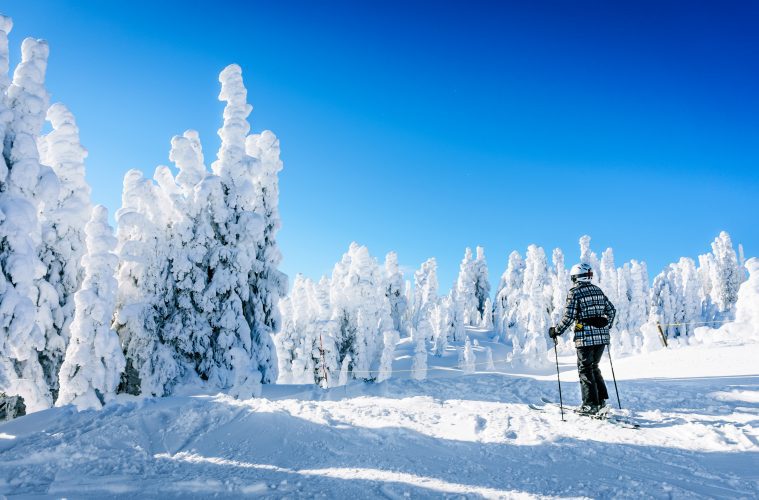All about the Trans Canada Trail’s second annual #Blah2Ahhhs campaign and how you can beat the winter blues.
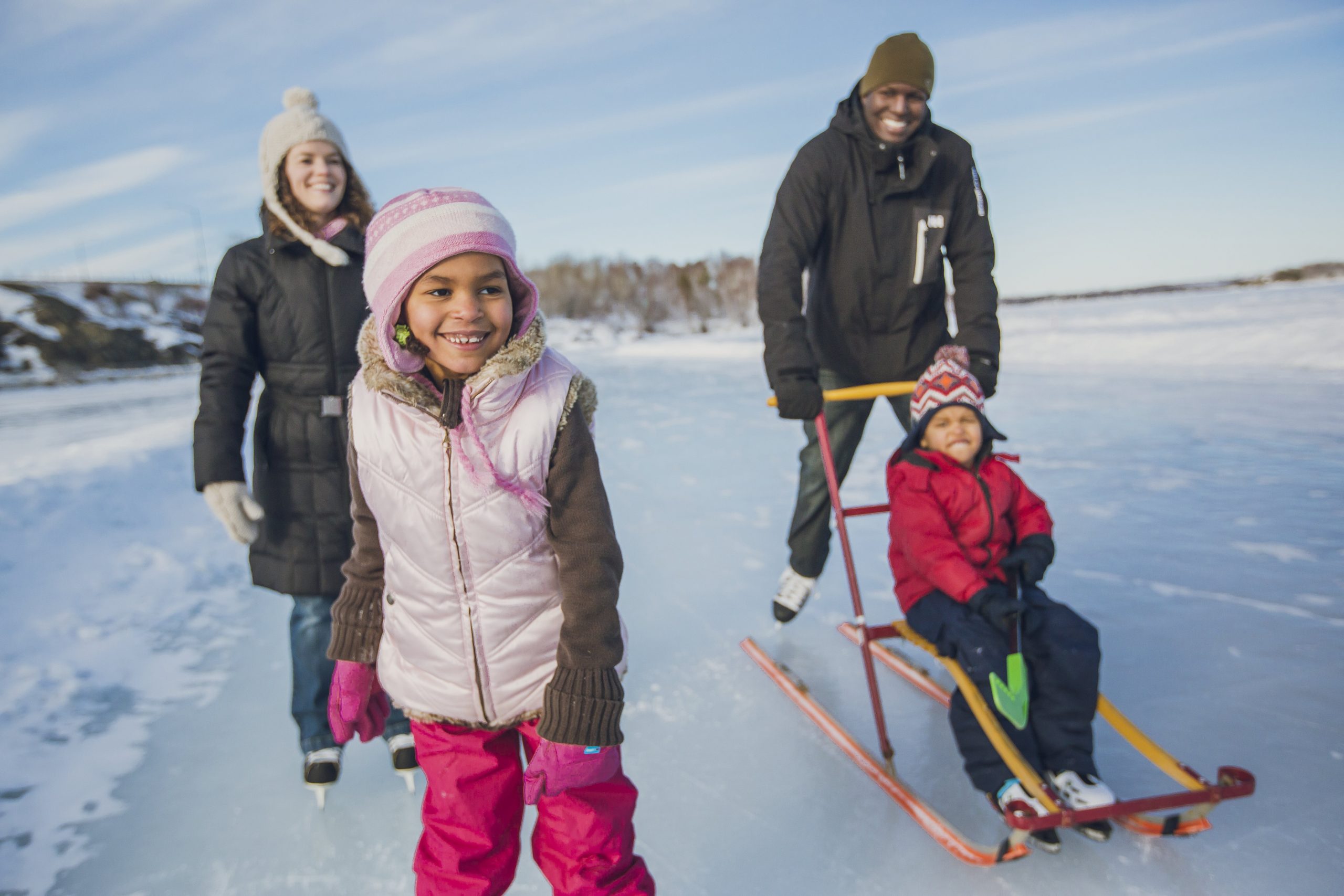
Trans Canada Trail’s second annual #Blahs2Ahhhs campaign is officially upon us, and this year, Canadians are invited to tap into the feel-good mental, physical, and emotional health benefits that come from spending time outdoors.
Canadians are encouraged to get out and get active to help brighten up those winter days because stepping out for a walk on the trail may be just what the doctor ordered for everyone to feel better and work better. In fact, medical research has shown that getting outdoors and going on nature walks actually do improve mental health. Recent Léger research conducted for Trans Canada Trail also demonstrates that trail use is up 41% across Canada since the onset of the pandemic, and 95% of Canadians said they are using trails to boost their mental and physical health.
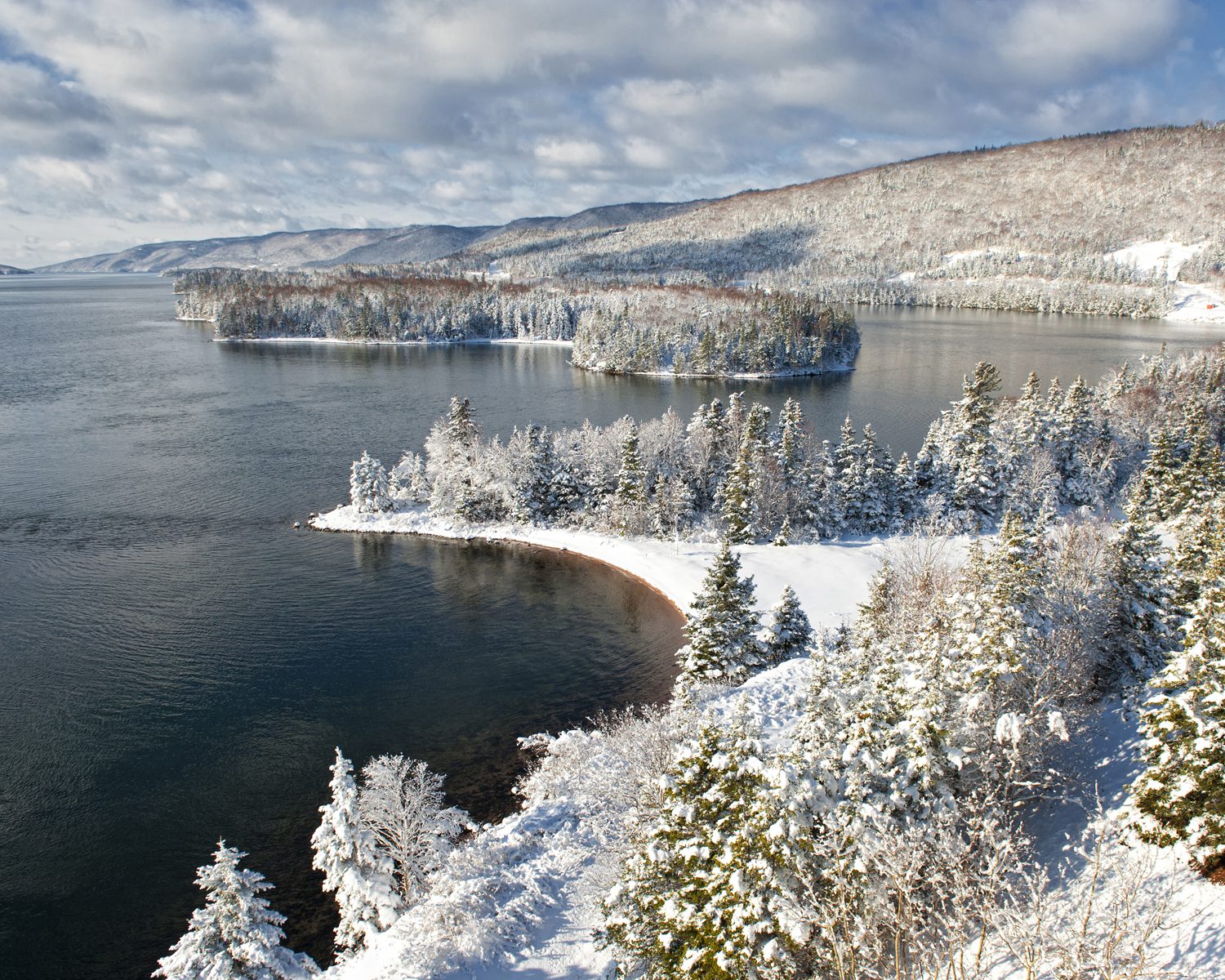
The #Blahs2Ahhhs campaign is designed to encourage Canadians to beat the winter blahs and make the most out of the season by getting out on Canada’s 28,000-km national trail to run, walk, cross-country ski, trek, snowshoe, or hike. In addition, “Blahs to Ahhhs” provides an assortment of resources, expert advice, and ideas for activities to help Canadians boost their mental and physical health.
HOLR chatted with Eleanor McMahon, President & CEO of Trans Canada Trail, to discuss the campaign and how Canadians can make the most of the trails across the country. HOLR also reached out to Dr. Melissa Lem, MD, CCFP, FCFP, PaRx Director, who shares details regarding the connection between nature and mental/physical wellbeing, as well as her work in the field, in which she prescribes time in nature as part of well-being practices.
Tell us about the Blahs to Ahhhs campaign and how it’s inviting Canadians to tap into the feel-good mental, physical, and emotional health benefits that come from spending time outdoors.
Eleanor McMahon, CEO – We created the Blahs to Ahhhs winter wellness campaign last year, in 2021, during the pandemic, to support Canadians in boosting their mental and physical health. At the time, we knew that being outdoors was safer than being indoors, and that trail use, when used in conjunction with public health guidelines, such as physical distancing and mask usage, could be a safe way for Canadians to gather in a physically distanced, socially together way.
We had such an enthusiastic response last year, and we know that as we continue to navigate COVID-19, the need to care for our mental and physical well-being remains a priority for all of us. There’s a tremendous role there for the Trans Canada Trail to play, and that’s what the Blahs to Ahhhs is campaign is about.
In these uncertain times, the Trans Canada Trail is the silver lining. It’s a pathway to joy, connection to nature and to one another, and to mental and physical well-being for us all.
We know that trails have been having their moment – they’ve become a respite for people as an antidote to the social and physical isolation of COVID.
Our polling data revealed that Canadians’ use of trails is up close to 50% since the onset of the pandemic, and 95% of them told us that enhancing their mental health was behind their increased use of trails. 69% of Canadians intend to use trails throughout the winter months.
Nature has incredible healing and restorative power, and we’re inviting everyone to get out on the Trans Canada Trail as part of their well-being practices this winter.
Also, I encourage everyone to join us for our live, virtual expert panel discussion on Wednesday, February 2, from 12-1 pm ET, on how the Trail, and getting outside and being active this winter, contributes to our mental and physical health. Check out our website at www.tctrail.ca/blahs2ahhhs to learn more.
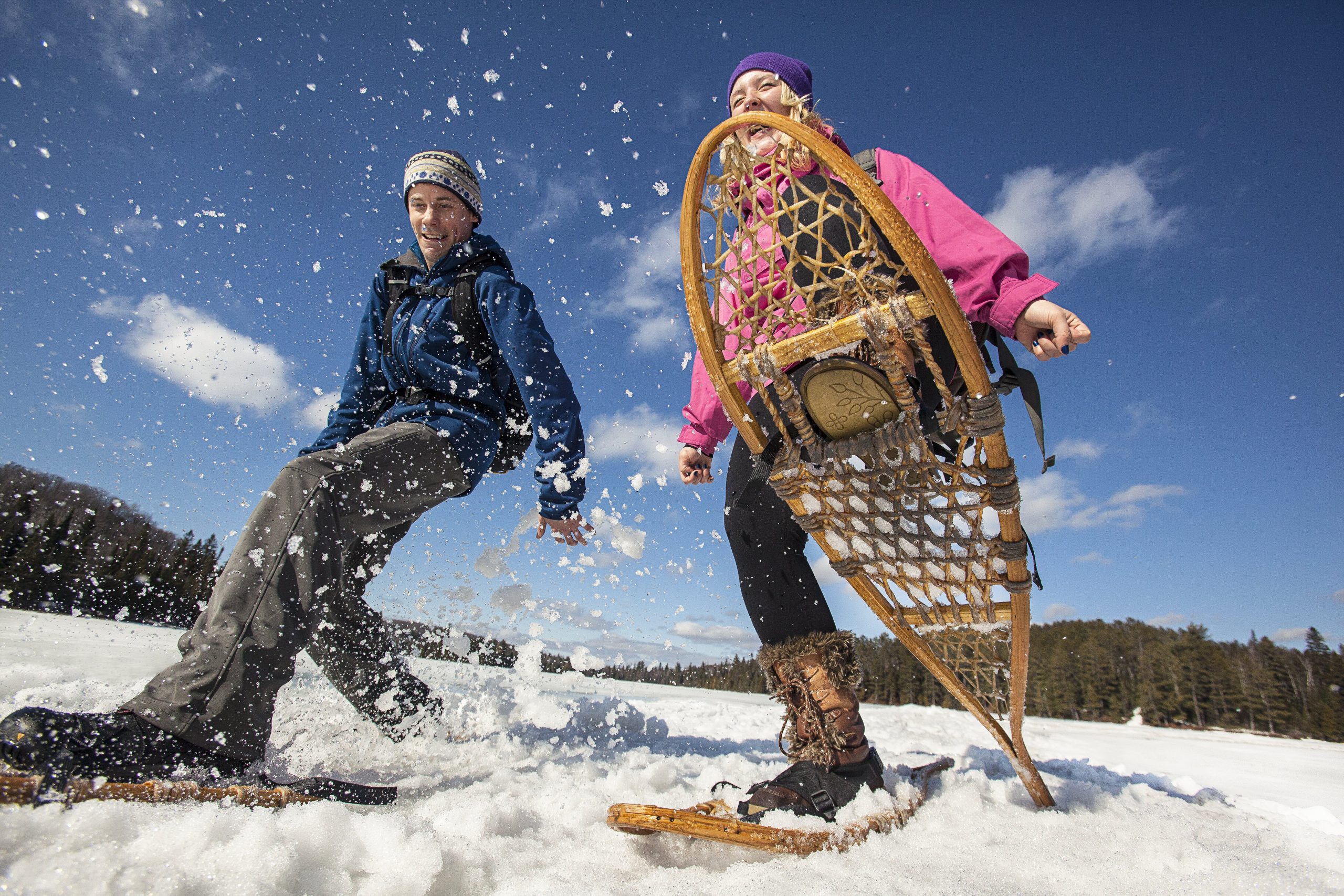
How can Canadians make the most of the trails across the country, especially during the pandemic?
Eleanor McMahon, CEO – The wonderful thing about the Trans Canada Trail is that it’s right at our doorsteps – 80% of Canadians live within 30 minutes of a Trail section. It’s safe and accessible, and there’s no cost to enjoy it.
There’s a saying that goes, there’s no such thing as bad weather, just inappropriate clothing! So, I encourage everyone to dress warmly and step out onto the Trail. Depending on where in Canada you live, there’s a range of activities you can enjoy on the Trail – walking, hiking, snowshoeing, cross-country skiing. It’s a wonderful way to enjoy time in nature, whether on your own or with friends and family.
You can find your local Trail section at www.tctrail.ca.
And don’t forget to share your photos and videos of how you’re turning your Blahs to Ahhhs with us over Instagram, Twitter, and Facebook, using #TransCanadaTrail and #Blahs2Ahhhs for a chance to win fantastic prizes.
For more info, visit www.tctrail.ca/blahs2ahhhs
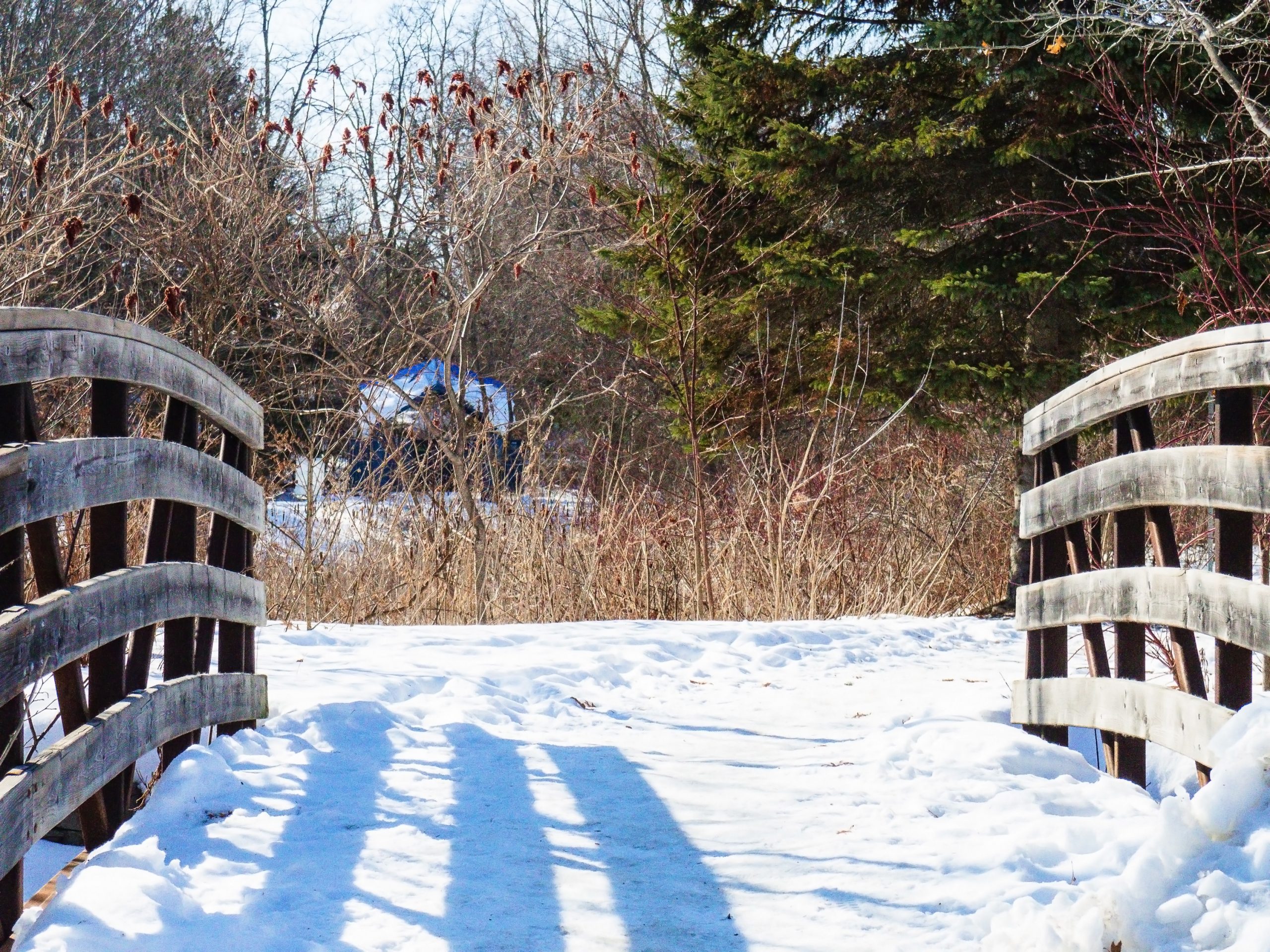
Your work focuses on prescribing time in nature as part of well-being practices. What are some ways in which we can incorporate nature into our daily lives?
Dr. Melissa Lem – You can make almost anything in your life better by adding nature to it. First, keep in mind that the key to success is making consistent and sustainable lifestyle changes. Start small, write down, and be detailed about your goals. Book a lunchtime walk or chat in the park with a co-worker. Do your next cardio workout on a trail instead of at the gym. Choose an active commute to work or school along a greenway—and take a break along the way to slow down, notice and connect to your surroundings. Schedule a weekend walk through a park with friends instead of meeting in a cafe, or plan 30 minutes in a neighbourhood garden on your way home from work. Plan a weekend getaway around an outdoor experience. Volunteering for local urban greening organizations is a great way to immerse yourself in nature and give back at the same time. There are so many ways to add more nature to your life without adding extra hours and effort.
If you’re unable to head outside, bring nature indoors. Research shows that just looking at nature photos, listening to birdsong and natural sounds, and having a few houseplants in your living space can improve your mood and boost your sense of wellbeing.
Based on the latest evidence, PaRx suggests that people aim to spend at least two hours in nature each week, for at least 20 minutes each time to get the most health benefits.
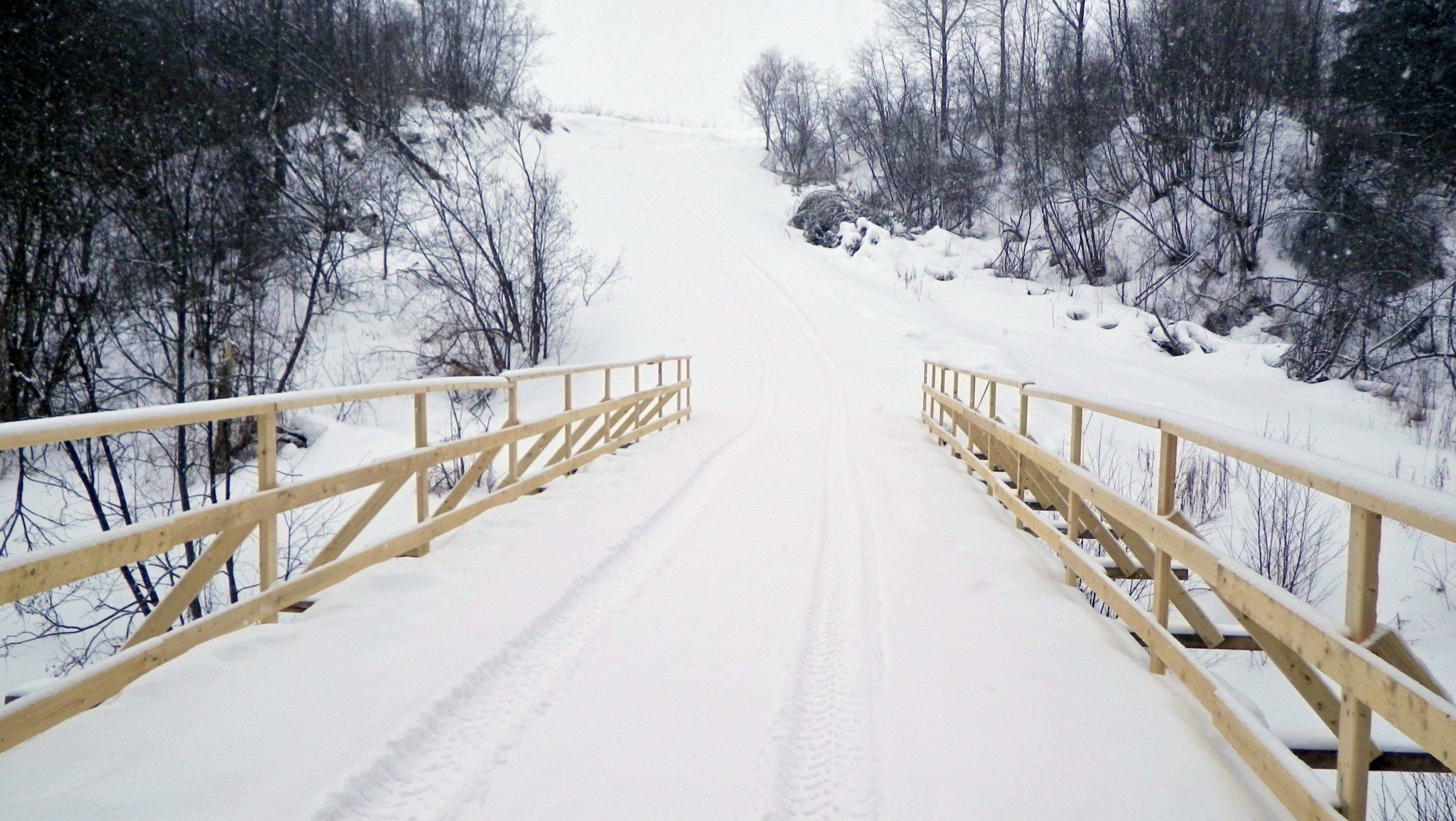
Can you talk to us about the connection between nature and mental/physical wellbeing?
Dr. Melissa Lem – There are two popular explanations for how green time soothes a stressed brain. The first, attention restoration theory, suggests that humans have a limited capacity to sustain concentration. Busy urban environments constantly force you to focus and tune out distractions, causing fatigue and irritability. On the other hand, nature is a potent source of “soft fascination” that rests the conscious brain, replenishing your powers of attention and lowering anxiety.
Stress reduction theory argues that nature helps your brain recover faster after stressful events. This may come down to the fact that an affinity for nature was an evolutionary advantage. Landscapes with moderate variation, vegetation, and bodies of water were ideal for finding food and avoiding predators, resulting in increased survival and decreased stress responses like negative emotions and hypervigilance. Over thousands of years, our brains became hardwired to prefer natural settings—not cityscapes with blinking stoplights and shiny glass towers.
The stress-busting effects of nature time also go beyond your brain. By reducing cortisol, the stress hormone, green time can reduce systemic inflammation, decreasing your risk of chronic diseases like diabetes, stroke, and high blood pressure.
There’s also emerging evidence around the positive effects of phytoncides, or volatile organic compounds, which are found in higher concentrations in forest air—think about the fresh smell of pine or cedar trees. Research shows that breathing in these compounds can boost the activity of natural killer cells and immunoproteins. Spending time in contact with nature can also improve the health of your microbiome, which has been shown to reduce allergies in kids.
Also, people who head outside more often naturally tend to be more physically active—and we all know how good exercise is for us. But what’s even better is that being in a green space supercharges the positive effects of exercise—research shows that just looking at nature scenes while you get active can improve your self-esteem and drop your blood pressure even more than if you look at city scenes. Not only that, but people who exercise outside are also more motivated to continue their workout routines.
There’s so much evidence behind the health benefits of nature that I think it should be considered the fourth pillar of health—just as important as diet, sleep, and exercise for improving and maintaining our wellbeing.
Be sure to check out Trans Canada Trail on their website, Twitter, Instagram and Facebook. You can also view the #Blahs2Ahhhs video here.
Published by HOLR Magazine.


